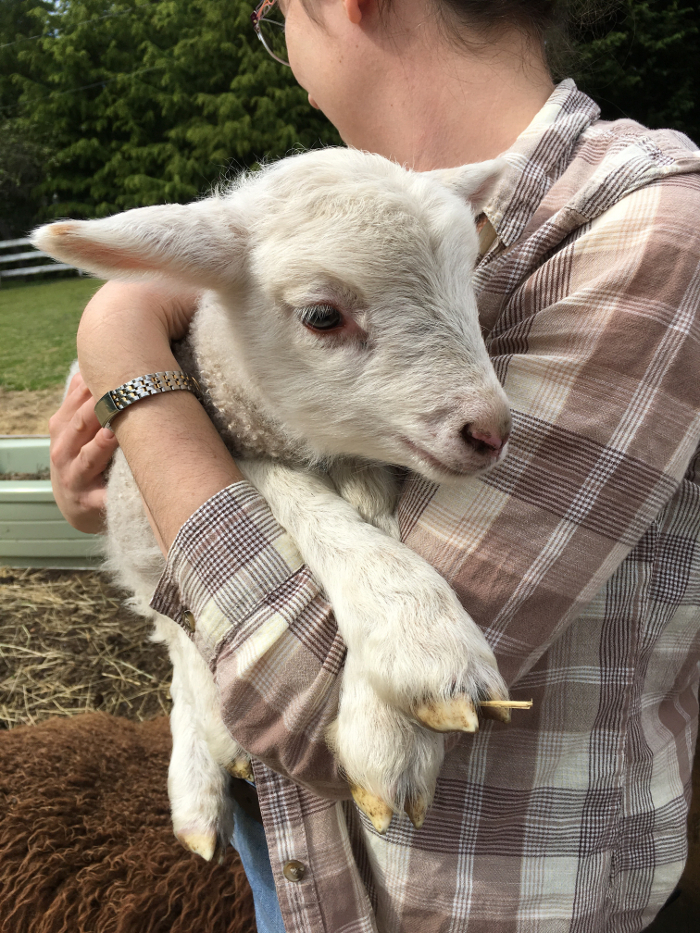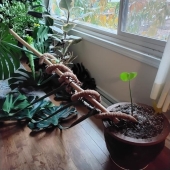far away from the post I want to reply TO
Here, we reply to threads, not posts. The conversation is perennial. We have active threads that are over 20 years old. Not everyone is still active who started the thread, but the conversation continues. Replying to a post doesn't work in this context as it may never get seen. But replying to a thread means many people can see it and possibly even the person you want to hear from.
You can quote a post if you want, when replying to a thread (hint, put your reply OUTSIDE the square brackets). But there is not a way to "reply to a post" here, at this time.


 an insomniac misanthrope who enjoys cooking, textile arts, farming and eating delicious food.
an insomniac misanthrope who enjoys cooking, textile arts, farming and eating delicious food.





